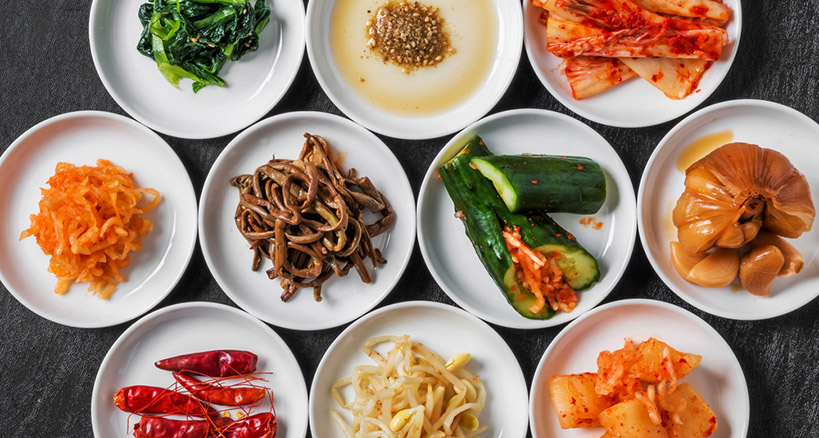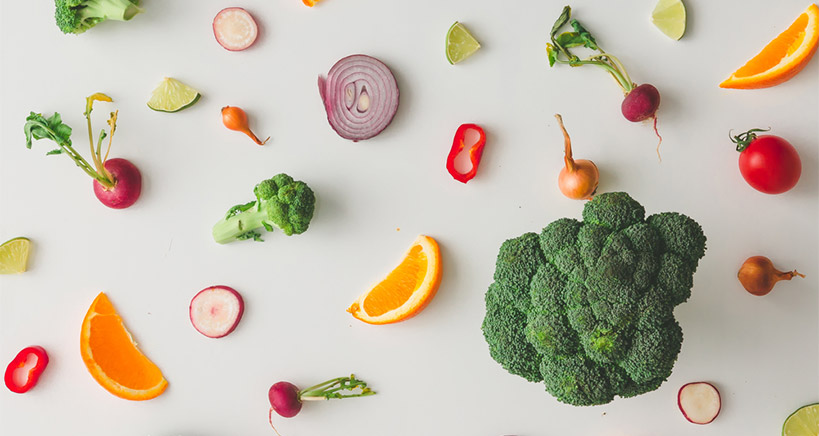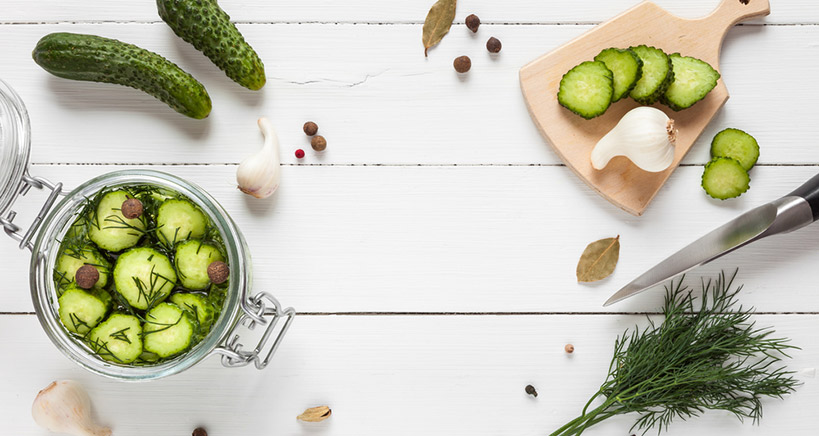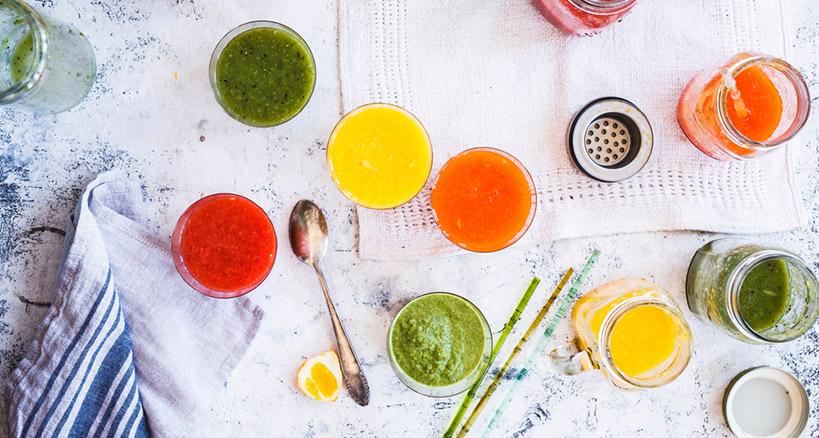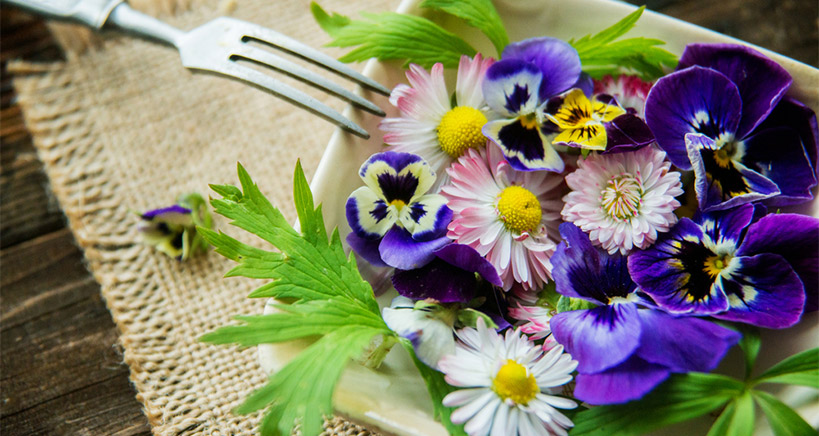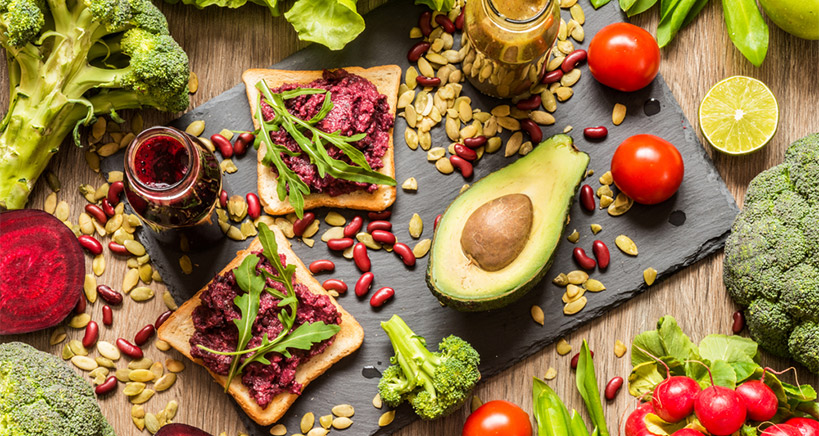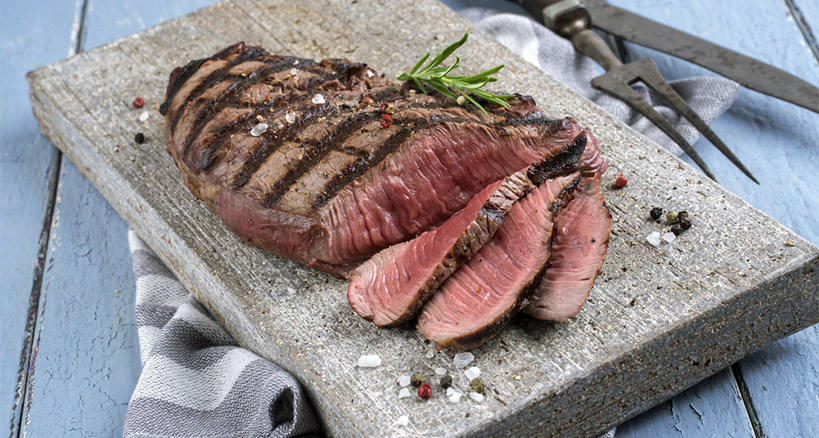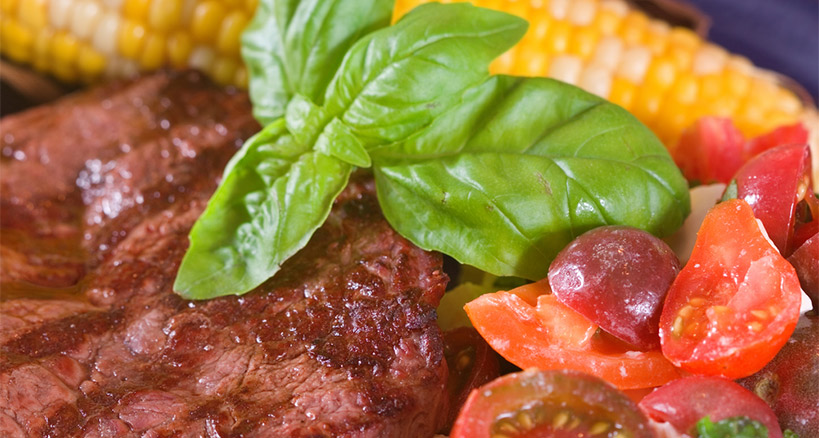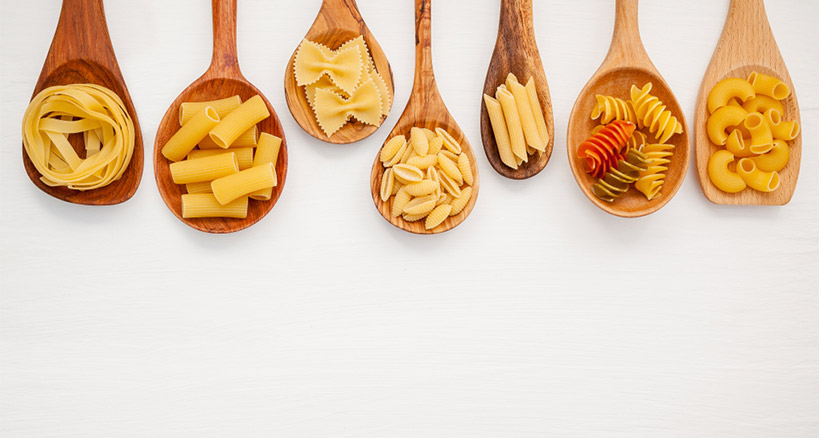
New Ways to Serve Good, Old Pasta
When it comes to casual catered buffets, there is probably nothing as versatile and, therefore, as ubiquitous, as pasta. In so many shapes and forms, pasta is the chameleon of dishes, changing its shape and size to fit any occasion. Now, pasta is getting a long-needed facelift, thanks to restaurants and chefs who are raising the bar for pasta around the world. With a nip here and a tuck there, you can hone the classics and invent new pasta dishes that will impress and satisfy even the most discerning client.
Who Doesn’t Love Pasta?
Everyone loves pasta. According to the International Pasta Organization, dried pasta is the most prominent pasta variety sold in the United States and sales reach about $3.3 billion annually. The chilled and fresh pasta retail value is projected to reach $340 million this year, while in 2016 there were 1.16 billion units of pasta sold in U.S. supermarkets. That’s a lot of pasta!
There are many reasons why pasta is so popular. First reason is that it is simply so good, taste-wise and even health-wise. Although carbohydrates in general, and pasta in particular, have gotten a bad rap lately, nutritionists agree that pasta is a healthy food and that complex carbohydrates are essential for any diet, especially when paired with other healthy foods, such as greens, vegetables, olive oil, etc. As the Pasta Fits website says, pasta is a “perfect foundation for healthy, nutritious, and satisfying meals. It is generally eaten with nutrient-dense food partners, such as fiber-filled vegetables and beans, heart healthy fish and monounsaturated oils, antioxidant-rich tomato sauce, and protein-packed cheeses, poultry, and lean meats.”
Continue reading Impress Your Guests with Upgraded and Upscale Pasta Dishes
